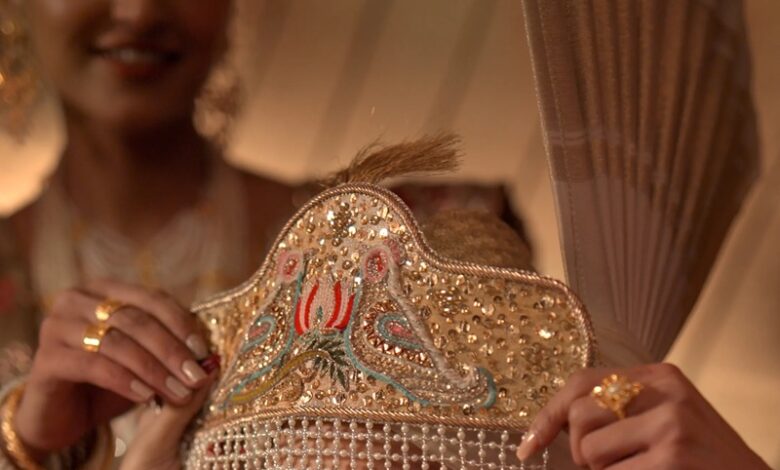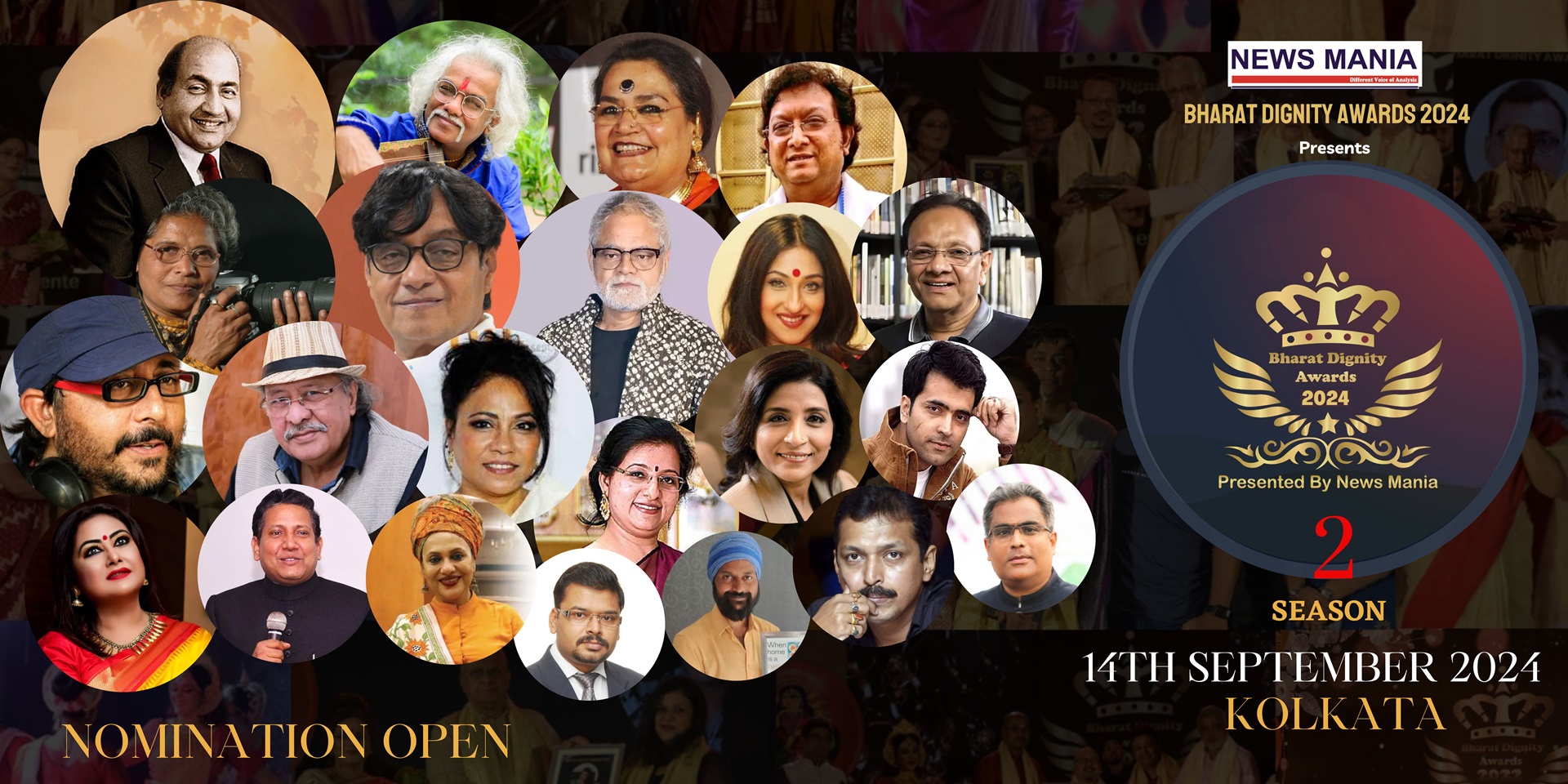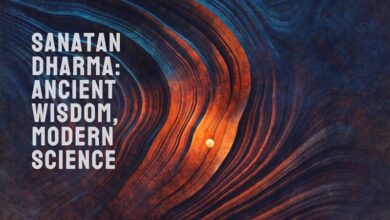Pakistani designer Rano Usman honors the ancient customs of the subcontinent in her first solo exhibition.
News Mania Desk / Piyal Chatterjee / 13th February 2025

The eerie melody of an isolated flute animated the historic Ganga Ram Mansion as Rano Usman revealed fourteen classic outfits from her newest line, ‘Kayee Chand’ (Many Moons). For thirty years, efforts intertwined with the art and architecture of Lahore, while journeying to the Himalayas via Srinagar, Banaras, Lucknow, and the film studios of Bombay. In tribute to the rich history and majesty of the subcontinent, Rano Usman—a true revivalist—revived the sehra bandhi ceremony, where the groom is decorated by his sisters before he rides off on horseback to fetch his bride. The essence of Usman’s brand Rano’s Heirlooms is found in traditions like these.
The performance was genuinely enchanting. The flute gave way to the grand dhols and a live choir that performed nostalgic melodies of Ghorri (the songs sung by women during a wedding procession). Nostalgia enveloped the moment as the groom entered beneath the ornate canopy supported by a procession of girls, a captivating blend of models, dancers, and friends for genuineness. “Genuine beauty must be real,” Rano chuckled. “I want to see brides as they were before their weddings, with slicked-back braids and simply a red lip for a splash of color.”
Rano described how each piece of clothing was drawn by hand prior to the production process commencing. She would sit like an artist among her clay, crafting the material, the decorations, and assembling everything gradually. She mentioned that one of her favorite items from the collection was ‘Hema’. A nearly frosty blue lehnga honored the term for snow in Sanskrit, alluding to the snow goddess emerging from sunlit Himalayan summits. “I was trained by a French nun at the Convent for ten years,” she smiled. “As I’ve grown older, I’ve strived for unmatched excellence that we learnt. It took me 25 years to perfect my embroidery and I did it with commitment, without shortcuts. We also worked for Italian designers for four years; learnt the craft there.”
Rano developed a passion for architecture and poetry during her upbringing, so it’s no wonder that most of her designs feature elements of both structure and lyricism. The scallop serves as a consistent theme, be it stitched onto the Kashmiri green gharara, the Banaras Pink kalidaar (a flared, panelled tunic), or the red and white lehnga that honors roses and Arabian jasmines. Scallops captured her attention wherever she traveled; on colonial structures by the Mayo Gardens, Roman scallops and Corinthian scallops evolved into beautiful interpretations of the gajra and ultimately turned into her hallmark.
Rano is thrilled by transforming old sketches and even repurposing old clothes. She recalls restoring a client’s grandmother’s cotton gharara, a garment that had been dyed at home in indigo and adorned with baadla embroidery. “Cottons possess a quality, simplicity, and humbleness that only the dervish or the badshah comprehends.” Weddings are central to Rano’s Heirlooms as they honor the customs of the subcontinent. The designs showcase significant Indo-French and Portuguese influences while also displaying a deep-seated allegiance to Islamic heritage.
By reviving numerous fading traditions in this collection, ‘Kayee Chand’ reinterprets Awadhi heritage through the use of baadla and dhaga embroideries in sunehra rupehra, ganga jamini, or just gold and silver, illustrating the harmony and contrast of the sun and moon as they unite.






